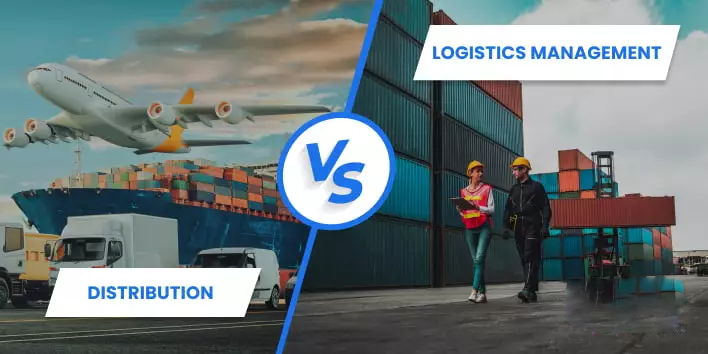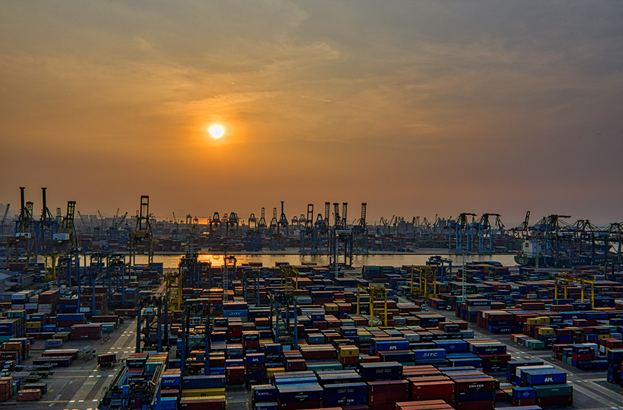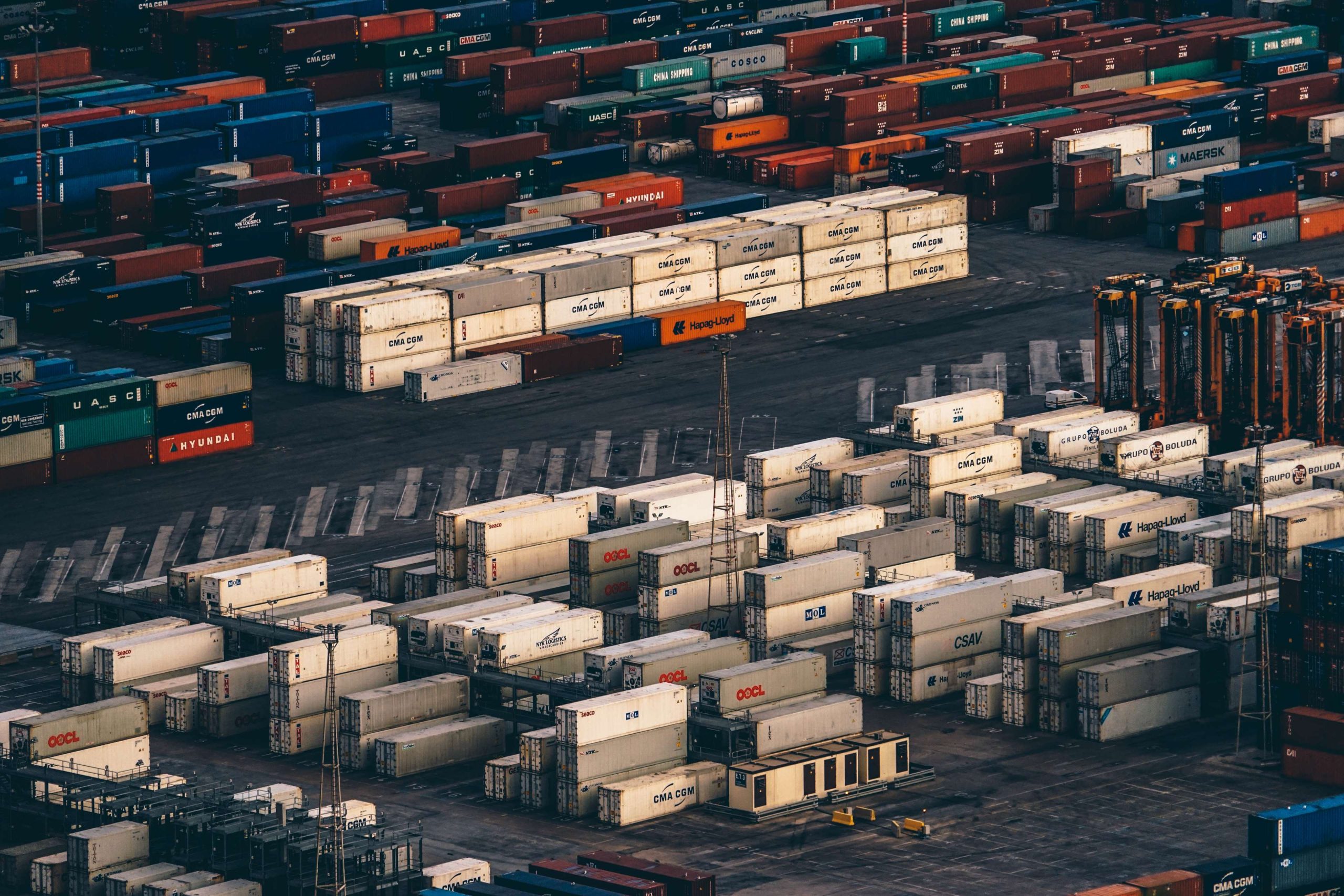Written by Hamim seguya.
While handling supplies some people may consider logistics and distribution to be the same. Without consulting a dictionary both Logistics and Distribution suggest the movement of goods. But it’s not the case and by the end of this article you will be able to differentiate them and how to go about each of them.
Logistics
Logistics is the process of planning, implementing, and controlling the efficient, cost-effective flow of raw materials, in-process inventory, finished goods, and related information from the point of origin to the point of consumption for the purpose of meeting customer requirements.
Logistics is a key component of supply chain management, which is the overall management of the flow of goods, services, and information from suppliers to customers. Logistics encompasses a wide range of activities, including:
Transportation: The movement of goods from one location to another
Warehousing: The storage of goods in a secure location
Inventory management: The tracking of the quantity and location of goods
Packaging: The preparation of goods for transportation and storage
Order fulfillment: The process of getting goods to customers
Reverse logistics: The process of returning goods to suppliers
Logistics is important for businesses of all sizes.
Benefits of logistics:
Reduced costs: Efficient logistics can help businesses reduce costs by minimizing the amount of time and money spent on transportation, warehousing, and inventory management.
Improved customer service: By ensuring that goods are delivered on time and in good condition, logistics can help businesses improve customer satisfaction.
Increased profits: By reducing costs and improving customer service, logistics can help businesses increase profits.
Distribution
Distribution is the process of getting goods from the producer to the consumer. The major activity is transportation. The movement of goods from one location to another.
Distribution is an important part of the supply chain. By managing distribution effectively, businesses can ensure that goods are delivered on time and in good condition, which can lead to improved customer satisfaction and increased profits.
Here are some of the key benefits of effective distribution:
Improved customer satisfaction: By ensuring that goods are delivered on time and in good condition, businesses can improve customer satisfaction.
Increased sales: By making it easy for customers to get the products they need, businesses can increase sales.
Reduced costs: By optimizing the distribution process, businesses can reduce costs associated with transportation, warehousing, and inventory management.
Improved risk management: By having a well-defined distribution process, businesses can mitigate risks associated with supply chain disruptions.
Enhanced compliance: By following best practices in distribution, businesses can enhance compliance with regulations and industry standards.
Types of distribution channels:
Direct sales: This is when the manufacturer or supplier sells directly to the end user. This can be done through a company’s website, through a call center, or through a direct sales representative.
Wholesale: This is when the manufacturer or supplier sells to a wholesaler, who then sells to retailers. Wholesalers typically buy goods in bulk and sell them in smaller quantities to retailers.
Retail: This is when the goods are sold directly to the end user through a brick-and-mortar store or through an online retailer.
Multichannel: This is when a company uses a combination of distribution channels, such as direct sales, wholesale, and retail.
The best distribution channel for a particular business will depend on a number of factors, such as the type of product being sold, the target market, and the budget.
The key factors to consider when choosing a distribution channel:
The type of product: Some products are better suited for direct sales, while others are better suited for wholesale or retail. For example, high-value products that require a lot of explanation or customization are often better suited for direct sales.
The target market: The target market will also affect the choice of distribution channel. For example, businesses that target businesses are more likely to use a wholesale distribution channel, while businesses that target consumers are more likely to use a retail distribution channel.
The budget: budget will also affect the choice of distribution channel. Direct sales and retail channels can be more expensive than wholesale channels.
Once a distribution channel has been chosen, it is important to manage it effectively. This involves tracking inventory, forecasting demand, and ensuring that goods are delivered on time and in good condition. It is also important to provide good customer service.
In summary, distribution is a subset of logistics. Distribution focuses on the physical movement of goods, while logistics encamp.





